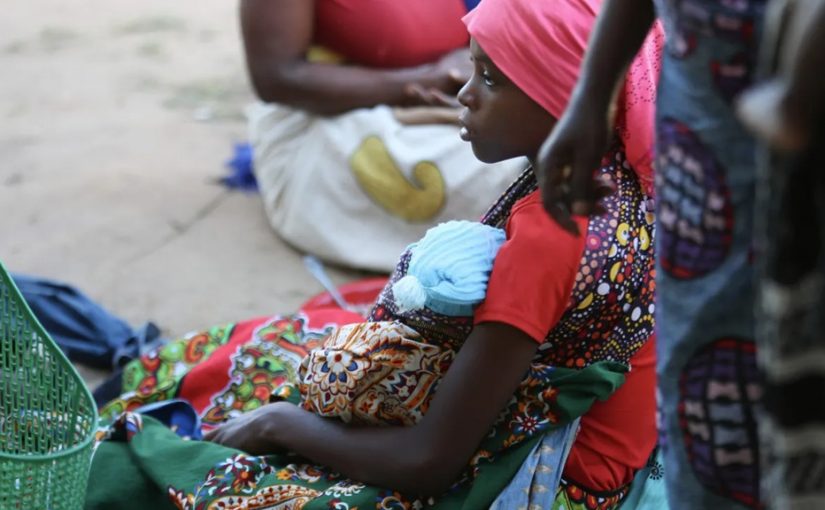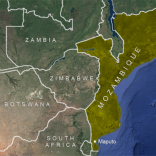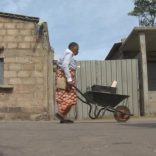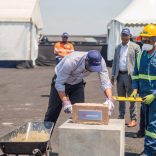Mozambique: Chronic malnutrition, food insecurity levels continue - NGO
Mozambique: 50 thousand families need food assistance in Sofala

FILE - For illustration purposes only. [File photo: Lusa]
Mozambique’s National Institute for Disaster Risk Management (INGD) estimates that about 50,000 families need food assistance in the central province of Sofala.
“After the rainy season (…), there are still families in a very delicate situation and in need of assistance (…). We are talking about a total of 50,000 families,” Aristides Armando, INGD representative in Sofala, told the media on Wednesday.
According to Armando, there are currently about 200 tons of food “to meet the primary needs” of those affected by the food crisis, caused primarily by drought, in seven districts of Sofala.
According to the INGD representative, in addition to food aid, families in crisis will receive seeds to help them produce food.
“Obviously, all 50,000 families won’t receive [support] simultaneously, but it’s our response universe, and we’ll continue working with it,” he explained.
In March, Lusa reported that food shortages caused by the drought are forcing thousands of families in Sofala province, central Mozambique, to eat wild fruits and bran.
“We’ve been facing this situation since November of last year. Since our district was severely affected by the El Niño phenomenon, we have had no choice but to assist these families,” explained Nobre dos Santos, administrator of Caia, the region hardest hit by the drought, with agricultural fields almost without production.
He also described the hunger situation, which affects approximately 600,000 people, across almost the entire northern part of the Caia district, with agricultural fields virtually barren, a situation that has been worsening for almost three years.
“With no means of producing enough food to feed the population, we are fighting with the help of some partners to remedy this situation within the communities by distributing high-quality, drought-resistant seeds,” dos Santos added.
Mozambique is considered one of the countries most severely affected by global climate change, cyclically experiencing floods and tropical cyclones during the rainy season, which runs from October to April.
El Niño is a change in atmospheric dynamics caused by rising ocean temperatures. This meteorological phenomenon caused torrential rains in East Africa this year, resulting in hundreds of deaths in countries such as Kenya, Burundi, Tanzania, Somalia, and Ethiopia.












Leave a Reply
Be the First to Comment!
You must be logged in to post a comment.
You must be logged in to post a comment.